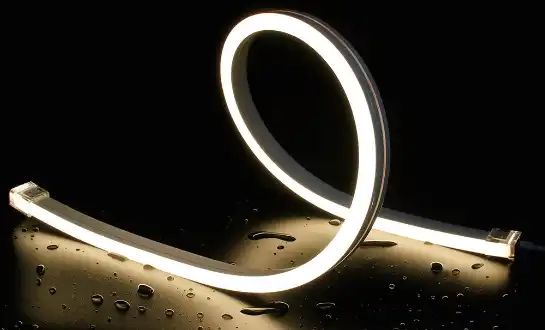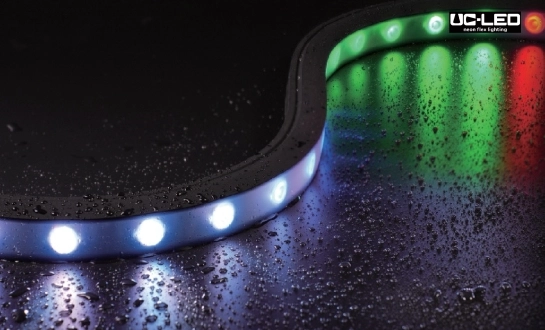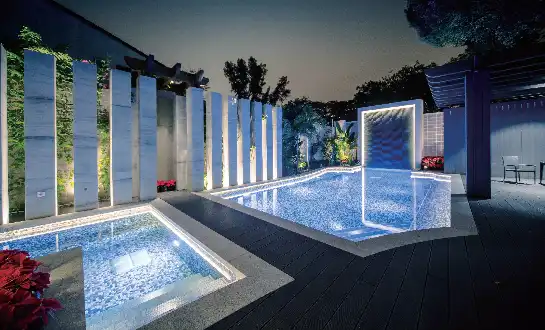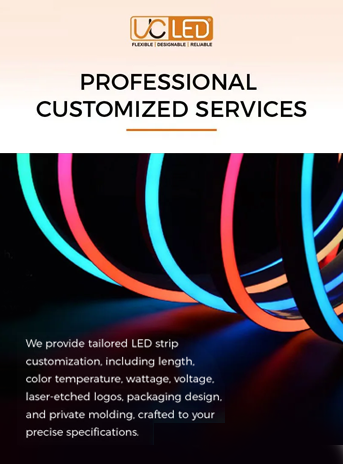Do LED Neon Flexes need a transformer?
LED Neon Flexes generally do not require a traditional transformer. Instead, they typically need a power supply unit, often called a driver or adapter. This device converts standard AC power from your wall outlet into the low-voltage DC power that LED Neon Flex strips require. The specific power supply needed depends on the LED Neon Flex's voltage requirements (usually 12V or 24V DC) and its total power consumption. It's crucial to select a compatible power supply to ensure optimal performance and longevity of your LED Neon Flex installation.
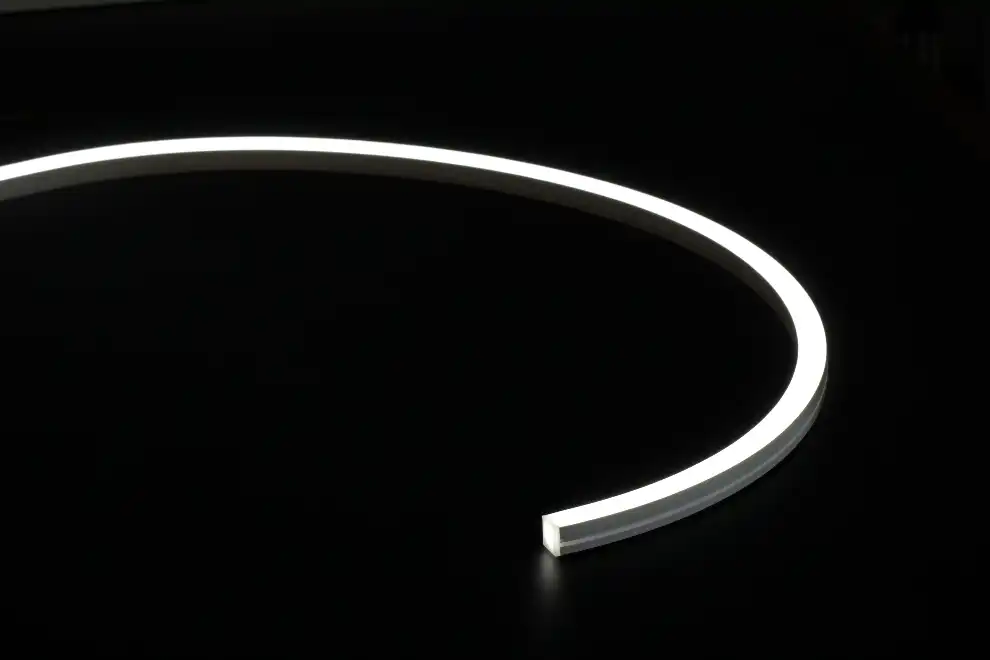
Introducing LED Neon Flex Power Requirements
LED Neon Flex has revolutionized the lighting industry with its versatility and energy efficiency. To fully grasp how these innovative light strips operate, it's essential to delve into their power requirements.
Voltage and Current Specifications
LED Neon Flex operates on low-voltage direct current (DC), typically 12V or 24V. This characteristic sets it apart from traditional neon lights, which require high-voltage alternating current (AC). The low-voltage nature of LED Neon Flex contributes to its safety and energy efficiency, making it an ideal choice for various applications.
When selecting a power supply for your LED Neon Flex, it's crucial to consider both the voltage and current requirements. The voltage must match the specifications of your LED strip, while the current capacity should exceed the total draw of your installation. For instance, a 5-meter strip of 24V LED Neon Flex might require 2 amperes of current, necessitating a power supply that can deliver at least 24V and 2A.
Power Consumption Calculation
To determine the appropriate power supply for your LED Neon Flex installation, you'll need to calculate the total power consumption. This calculation involves multiplying the length of your LED strip by its power consumption per meter. For example, if you have 10 meters of LED Neon Flex that consumes 12 watts per meter, your total power consumption would be 120 watts.
It's advisable to choose a power supply with a capacity slightly higher than your calculated need to ensure stable operation and account for any potential voltage drop over long runs. A general rule of thumb is to select a power supply with 20% more capacity than your calculated requirement.
The Role of Power Supplies in LED Neon Flex Systems
While LED Neon Flex doesn't require a traditional transformer, it does need a specialized power supply to function correctly. Understanding the role of these power supplies is crucial for anyone working with LED lighting systems.
Functions of LED Drivers
LED drivers, the power supplies used for LED Neon Flex, serve several critical functions:
- Voltage Conversion: They transform the high-voltage AC from mains power into the low-voltage DC required by LED Neon Flex.
- Current Regulation: LED drivers maintain a consistent current flow to the LEDs, preventing fluctuations that could affect brightness or lifespan.
- Protection: Many LED drivers include built-in safeguards against issues like short circuits, overheating, and power surges.
The right LED driver ensures your LED Neon Flex operates at peak efficiency and longevity. It's not just about powering the lights; it's about providing the optimal electrical environment for them to thrive.
Types of LED Drivers
There are two main types of LED drivers used with LED Neon Flex:
1. Constant Voltage Drivers: These maintain a steady voltage output and are the most common type used with LED Neon Flex. They're ideal for installations where the voltage remains constant, but the current may vary.
2. Constant Current Drivers: These maintain a steady current output and are less commonly used with LED Neon Flex. They're more suitable for specialized applications where precise current control is necessary.
The choice between these types depends on the specific requirements of your LED Neon Flex and the intended application. Most standard installations will use constant voltage drivers, as LED Neon Flex is typically designed to operate with a fixed voltage.
Installation and Safety Considerations for LED Neon Flex Power Systems
Proper installation of LED Neon Flex and its power supply is crucial for both performance and safety. Let's explore some key considerations to ensure your LED Neon Flex installation is both effective and secure.
Proper Wiring and Connections
When installing LED Neon Flex, pay close attention to the wiring and connections. Use the appropriate gauge of wire to minimize voltage drop, especially for longer runs. Ensure all connections are secure and properly insulated to prevent short circuits or electrical leakage.
It's also important to respect the maximum run length specified for your LED Neon Flex. Exceeding this length can lead to voltage drop and uneven brightness. If you need to cover a longer distance, consider using multiple power injection points or separate power supplies for different sections.
Waterproofing and Environmental Protection
Many neon flex LED products are designed for outdoor use and come with IP65 or IP67 ratings for water resistance. However, the connections and power supply often require additional protection. Use waterproof junction boxes and ensure all connections are properly sealed if your installation will be exposed to the elements.
For indoor installations, while waterproofing may not be necessary, it's still important to protect connections from dust and accidental contact. Use appropriate enclosures for power supplies and consider the ambient temperature of the installation location, as extreme heat or cold can affect the performance and lifespan of both the LED Neon Flex and its power supply.
Safety Standards and Certifications
When selecting LED Neon Flex and power supplies, look for products that meet relevant safety standards and certifications. UL, CE, and RoHS certifications are good indicators of product quality and safety. These certifications ensure that the products have been tested and meet specific safety and environmental standards.
It's also wise to consider the warranty offered by the manufacturer. A longer warranty period often indicates the manufacturer's confidence in their product's quality and durability.
Conclusion
Understanding the power requirements and installation considerations of LED Neon Flex is crucial for achieving optimal performance and safety in your lighting projects. While these versatile lighting solutions don't require traditional transformers, they do need appropriate power supplies and careful installation to function at their best.
By selecting the right power supply, ensuring proper wiring and connections, and adhering to safety standards, you can create stunning and reliable LED Neon Flex installations. Whether you're illuminating a commercial space, enhancing outdoor landscapes, or adding a creative touch to interior design, LED Neon Flex offers a flexible and energy-efficient lighting solution.
For more information about LED Neon Flex and other innovative lighting solutions, don't hesitate to reach out to our expert team at Linda@uc-led.com. We're here to help you bring your lighting visions to life with cutting-edge LED technology.
References
1. Kaming, P. (2019). LED Lighting: Technology and Applications. CRC Press.
2. Schubert, E. F. (2018). Light-Emitting Diodes. Cambridge University Press.
3. Khanna, V. K. (2014). Fundamentals of Solid-State Lighting: LEDs, OLEDs, and Their Applications in Illumination and Displays. CRC Press.
4. Held, G. (2016). Introduction to Light Emitting Diode Technology and Applications. CRC Press.
5. DiLaura, D. L., Houser, K. W., Mistrick, R. G., & Steffy, G. R. (2011). The Lighting Handbook: Reference and Application. Illuminating Engineering Society of North America.
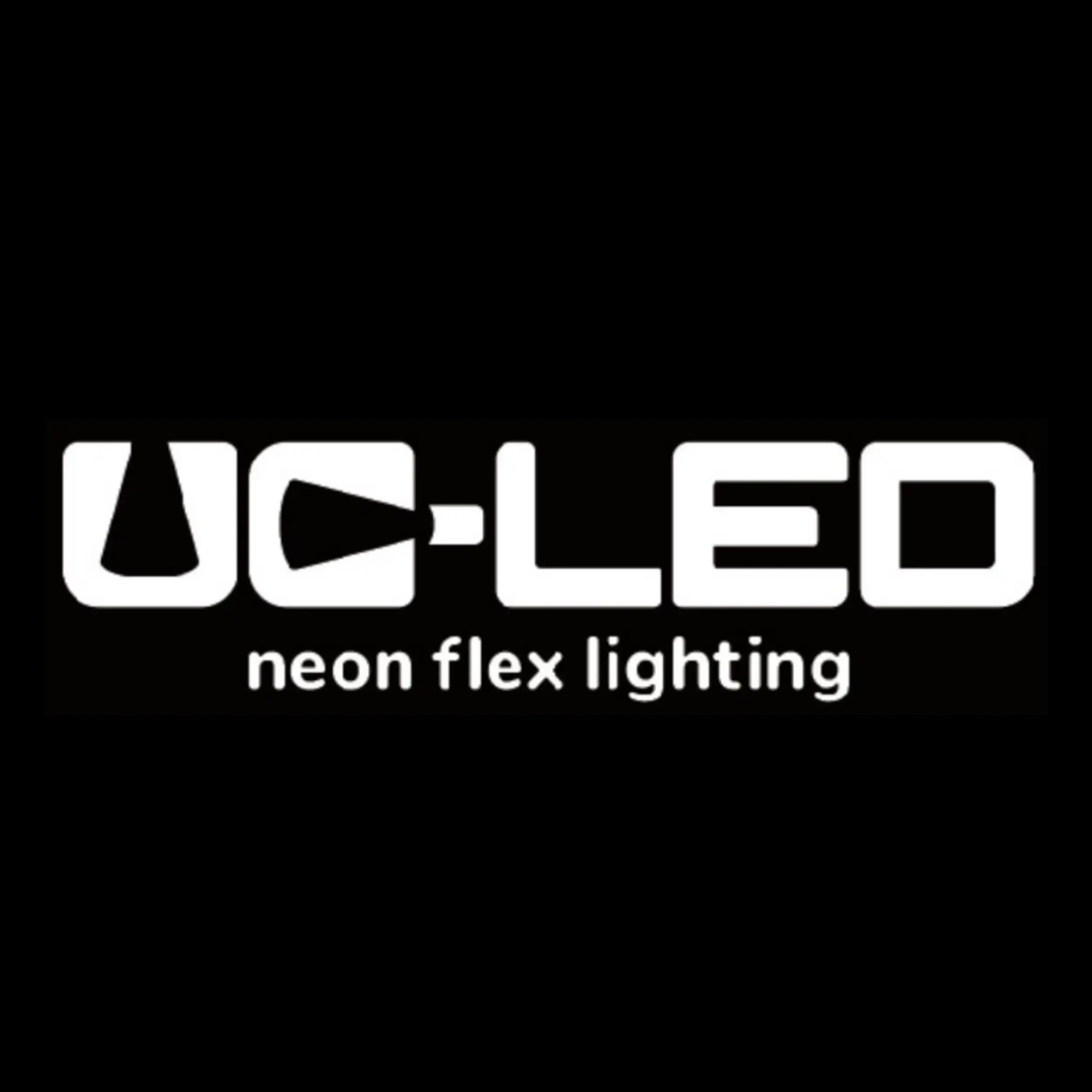
Looking for high-quality LED flexible strips? Click for a free quote in 24 hours!

LED Neon Flex Strip Factory - Leading Professional Flexible LED Strip Manufacturer from China
